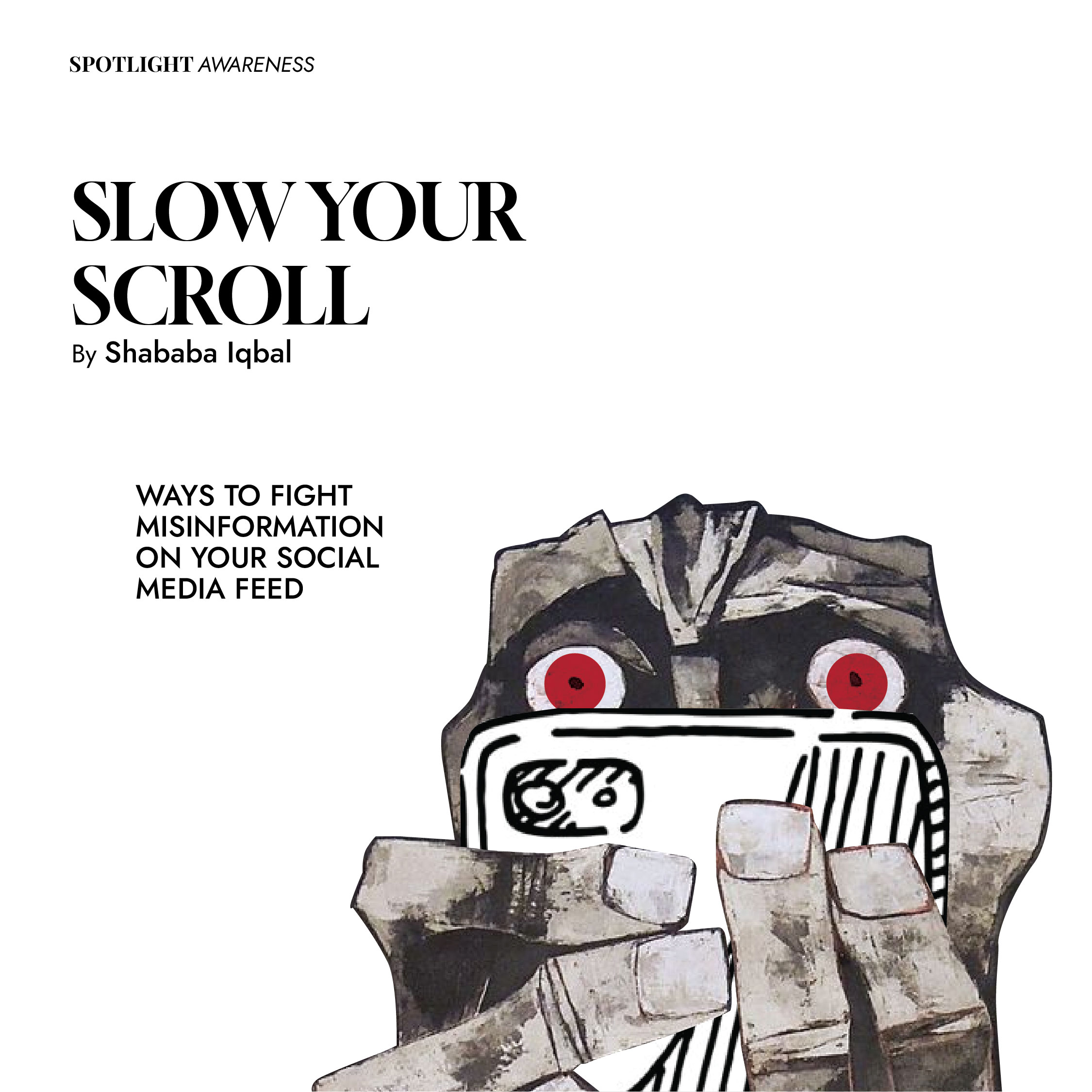
Misinformation spreads rapidly through social media platforms, messaging apps, and other digital channels. During times of crisis, people are more likely to share unverified information due to heightened emotions and a sense of urgency. This phenomenon is known as an ‘information cascade,’ where individuals pass along information without verifying its accuracy, assuming others have already done so.
In many ways, consuming news has become a social activity. We share what we’re reading and thinking through social media, and others respond with their own thoughts and opinions. Algorithms capture all of this activity, and before we know it, our feeds are filled with suggested content – one after another. While some of it may be factual news and accurate information, often it consists of opinionated takes, inaccuracies, or even propaganda. Of course, the internet also connects us with reliable sources. However, when it comes to social media, it boils down to whether or not we actually pause our scrolling and take the time to verify what we’re seeing and hearing. So, how can we combat misinformation in our never-ending feeds? Consider these five tips.
FILTER OUT THE AESTHETICS
Do you find cool infographics eye-catching? It’s important to know that they are designed to grab our attention. The same goes for content from our favourite creators. One day they may be dancing, and the next they may be giving us health advice. Before accepting everything we see and hear at face value, it’s crucial to ask ourselves the five Ws:
Who is posting? Are they the original source of the information? If not, who is?
What is the subject of the post? Is it the source’s area of expertise, or are they sharing something they experienced firsthand?
When was it posted? Is the information still relevant today, or have circumstances changed? If it’s an image or a video, where is the depicted event located?
Why did they post it? Are they trying to sell something or gain our support in any way?
IF SOMETHING SPARKS EMOTION, TAKE A BEAT
Shocking images and videos can spread rapidly on social media. This doesn’t mean we can’t trust them, but it does mean that the consequences are higher if they turn out to be misleading or manipulated. Before hitting the ‘like’ or ‘share’ button, consider the potential impact if the information is false. How would sharing false information affect us, other people, or the world at large? Emotions can cloud our judgment, especially when a topic feels personal. Taking a moment to engage our critical thinking can often make a significant difference.
KNOW WHEN IT’S TIME TO DIG DEEPER
There can be obvious signs of misinformation, such as typos, grammatical errors, and clear alteration of images or videos. However, many times, it can be difficult to tell. For example, is it a screenshot of an article with no link, or footage of a large protest? Does the post address a polarising topic? In some cases, it may require an expert like an investigative journalist, fact-checker, or researcher to determine whether a piece of media has been manipulated or if a post is the result of a sophisticated disinformation campaign. This is where knowing how to find the work of experts and trustworthy sources becomes useful.
REPORT MISINFORMATION
If you have determined that something is false, please report and delete it. Social media companies often rely on users to flag misleading and dangerous content, so taking an extra but impactful step can help ensure that others do not fall for misinformation.
FEED YOUR CURIOSITY OUTSIDE THE FEED
Our attention spans are getting shorter, and learning about the world through quick, visual content can be more entertaining than reading. However, it is important to allocate some time to explore our interests beyond our social media apps. Hear something outrageous? Look up news articles and learn more; perhaps you can even take action. Concerned about vaccines, a pandemic, or another public health emergency? Educate yourself and see what your local health officials are saying. Feel strongly about a topic everyone is discussing online? Start a real-life conversation about it. While our screens provide a window to the wider world, it is also wonderful to look up and notice what is right in front of us.
In an age dominated by rapid-fire information, cultivating a discerning mind is essential. While social media offers a platform for connection and knowledge-sharing, it’s crucial to approach it with a critical eye. By developing the skills to spot misinformation and verify information, we empower ourselves to become informed citizens. Let’s harness the power of technology for good by prioritizing truth and fostering thoughtful dialogue.
